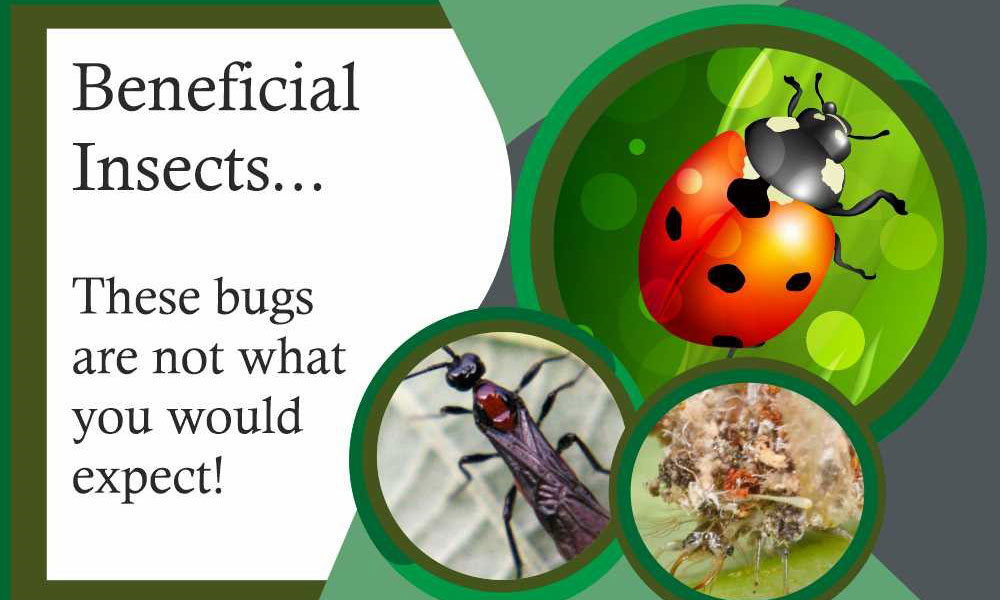Nov 30, -0001

Ladybird Beetle
Coccinelid predators such as lacewings and ladybird beetles help control thrips which destroy banana plantations. They are brightly coloured yellow, orange, or red with small black spots on their wing covers, with black legs, heads and antennae and usually have elliptical or round bodies with six short legs. Most species of this group of insects (more than 6000 types!) don’t harm plantations. They lay their eggs directly in aphid and scale insect colonies so that their larvae have an immediate food source and don’t usually eat the banana plants. Even the few species that do consume banana leaves don’t affect the plant in a major way. Sadly, indeterminate use of chemical insecticides can reduce their colonies or even wipe them out.
Chrysoperla
Green Lacewings or Giant lacewings are fascinating insects that mainly feed on pollen or nectar as adults. They lay their eggs near aphid colonies and the emerging larvae eat up the aphid colonies, acting as a natural biological control. Aphidlions, a species commonly found in Indian forests can consume up to 100 aphids a day. However, due to pesticide use and the reduction in forest cover, these valuable insects are now endangered.
Braconid Wasps
Braconid wasps feed on flower nectar and pollen. The adult wasps look like thin, long, black insects with red belly, ant like heads and wings. The wasps lay up to 200 eggs a day, directly on the bodies of cabbage worms, caterpillars and any other unfortunate banana pests that look like a good meal. The emerging larvae then feed inside the body of their living hosts, weakening or killing them from inside out!.